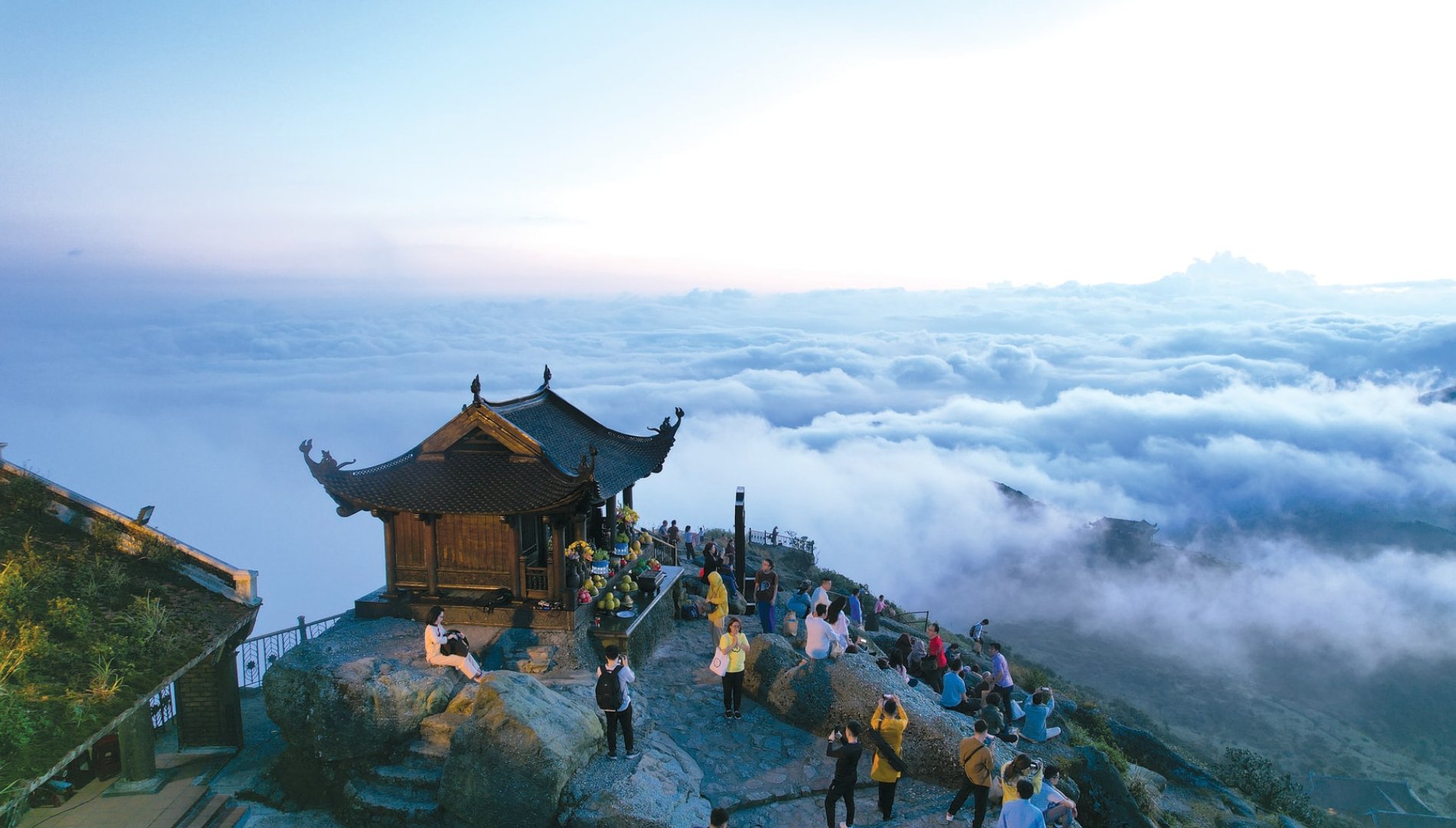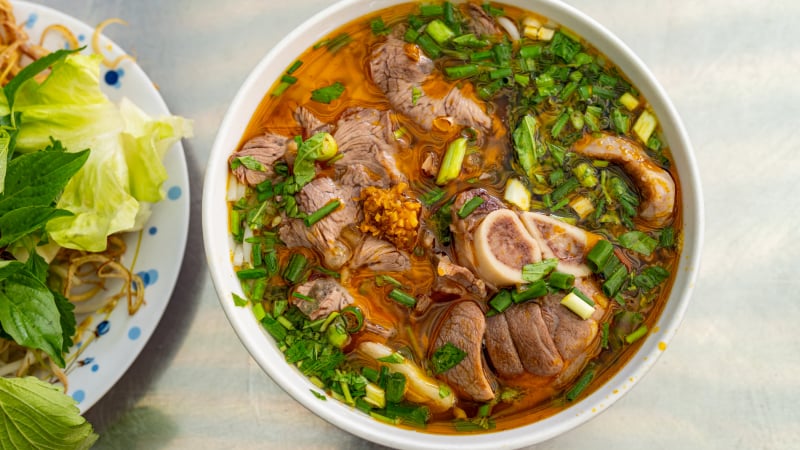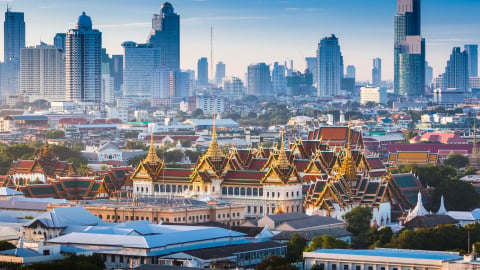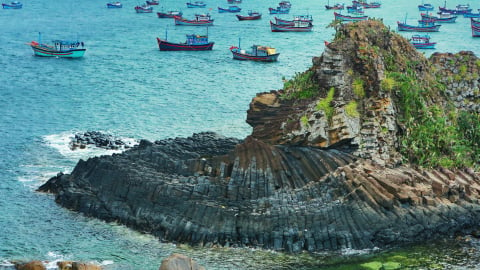At the 47th session of the UNESCO World Heritage Committee held solemnly in Paris, Vietnam was honored when the Yen Tu - Vinh Nghiem - Con Son, Kiep Bac relic and landscape complex was officially recognized as a World Cultural Heritage. This unique heritage site stretches across three provinces and cities including Quang Ninh, Bac Ninh and Hai Phong City, and is a vivid testament to the harmony between majestic nature, ups and downs in history and profound religious values of the nation.
This is Vietnam's 9th world heritage recognized by UNESCO, and more specifically, this is our country's second inter-provincial heritage, following the success of Ha Long Bay - Cat Ba Archipelago. What makes the Yen Tu - Vinh Nghiem - Con Son, Kiep Bac Complex different is that it is the first chain heritage of Vietnam. This chain structure not only fully reflects the close connection between nature, culture and religion throughout the centuries but also shows a panoramic picture of the development of Truc Lam Buddhism - a Zen sect with Vietnamese identity.

This is Vietnam's first chain heritage, fully reflecting the connection between nature, culture and religion throughout the centuries.
The newly recognized world heritage complex includes 12 typical relic sites, located in three provinces and cities: Quang Ninh, Hai Phong and Bac Ninh, with a total core area of up to 525.75 hectares and a large buffer zone of 4,380.19 hectares. Typical sites include Thai Mieu, Hoa Yen Pagoda, Ngoa Van Pagoda, Yen Giang stake field (in Quang Ninh); Kiep Bac Temple, Thanh Mai Pagoda, Kinh Chu Cave, Nham Duong Pagoda (in Hai Phong City); Vinh Nghiem Pagoda, Bo Da Pagoda (in Bac Ninh).
This complex not only reflects the process of formation, dissemination and revival of Truc Lam Buddhism - the Zen sect founded by King Tran Nhan Tong in the 13th century, but also demonstrates the close connection between the state, religion and the community in a specific historical period, contributing to shaping the cultural identity and national spirit. From the sacred Yen Tu where the Zen sect was founded, to Vinh Nghiem where scriptures were widely spread, and Con Son - Kiep Bac where the Zen sect was revived and strongly developed, each location is an important link in the chain of heritage values.
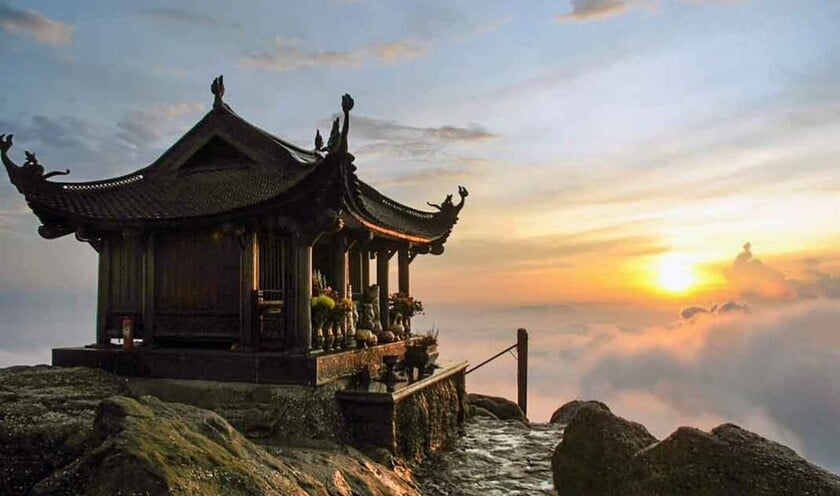
Originating from the sacred Yen Tu mountain landscape, Truc Lam Buddhism represents a system of tolerant and peaceful ideology, a harmonious combination of Mahayana Buddhism
Truc Lam Buddhism, developed mainly by members of the Tran royal family, is a unique sect that harmoniously combines elements of Buddhism, Confucianism and indigenous beliefs. According to heritage records, there are currently about 30 million followers, 50,000 monks and nuns and more than 15,000 Truc Lam pagodas in more than 30 countries around the world, showing the strong vitality and widespread spread of this Zen sect. Even some typical locations such as Truc Lam Pagoda in Paris (France) or Tran Nhan Tong Peace Prize (USA) are also recorded in the records, demonstrating the global influence of Truc Lam Zen.
The Yen Tu - Vinh Nghiem - Con Son, Kiep Bac complex was recognized by UNESCO according to two criteria (III) and (VI). Criterion (III) emphasizes the value of the unique cultural tradition that harmoniously combines the State, religion and the people's community, formed in the 13th century with Truc Lam Buddhism founded by Buddhist Emperor Tran Nhan Tong. Criterion (VI) recognizes Truc Lam Buddhism as a global testament to a philosophical and ethical system that encourages reconciliation, tolerance and peace, connecting people with nature.
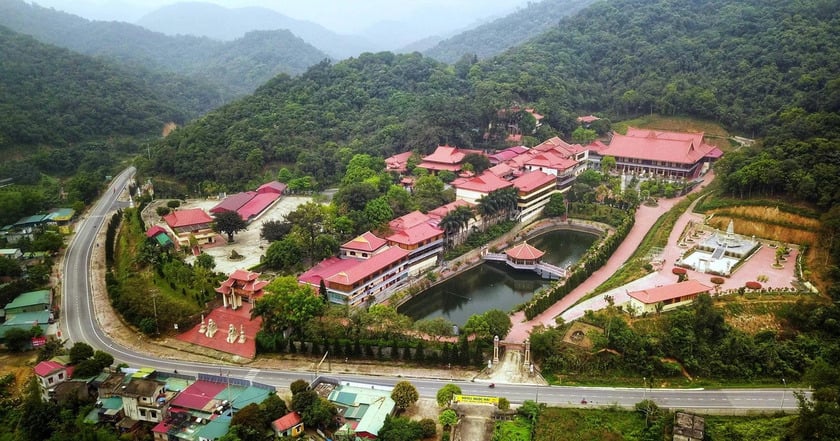
The Yen Tu - Vinh Nghiem - Con Son and Kiep Bac complex was recognized by UNESCO according to two criteria (III) and (VI).
The inscription of the Yen Tu - Vinh Nghiem - Con Son, Kiep Bac Monuments and Landscape Complex is the result of a 13-year journey of great effort. The nomination dossier was elaborately built with the participation of hundreds of leading scientists and heritage experts and the close coordination of the authorities of the three relevant localities.
During the process of completing the dossier, the Ministry of Culture, Sports and Tourism, the Ministry of Foreign Affairs and localities have continuously received valuable comments and recommendations from the UNESCO World Heritage Centre and the International Council on Monuments and Sites (ICOMOS). These comments have helped clarify the outstanding global value of the heritage as well as the capacity to manage and preserve the heritage in accordance with the strict requirements of the 1972 World Heritage Convention, ensuring that this heritage will be preserved intact for future generations.
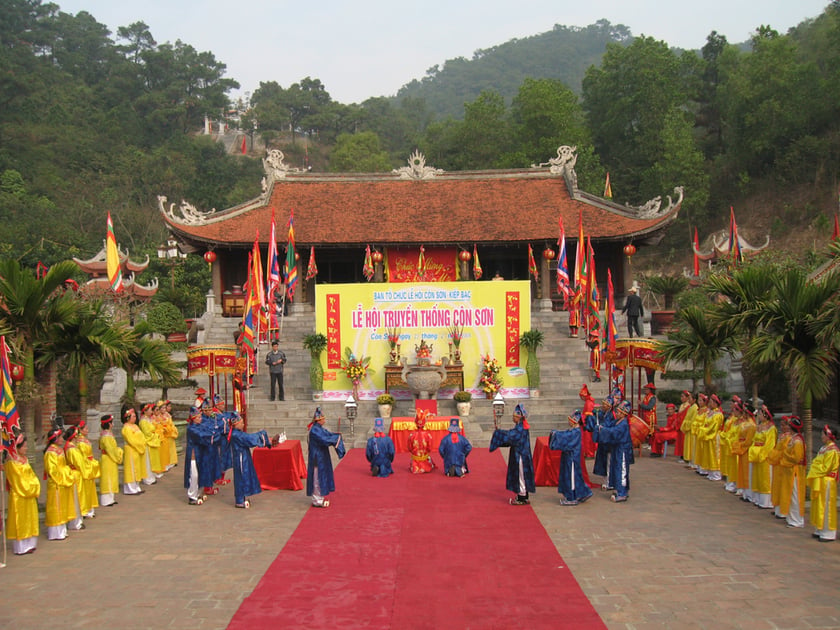
This is Vietnam's 9th world heritage and the second inter-provincial world heritage, after Ha Long Bay - Cat Ba archipelago.
Previously, Vietnam was proud to own 8 world heritages recognized by UNESCO, including: Hue Monuments Complex (1993), Ha Long Bay (1994, expanded to Cat Ba 2023), Hoi An Ancient Town (1999), My Son Sanctuary (1999), Phong Nha - Ke Bang National Park (2003, expanded 2015), Thang Long Imperial Citadel (2010), Ho Dynasty Citadel (2011) and Trang An Landscape Complex (2014). The addition of Yen Tu - Vinh Nghiem - Con Son, Kiep Bac Complex to this list not only enriches the world heritage treasure but is also a great pride, affirming Vietnam's position and contribution to the common cultural heritage of humanity.





